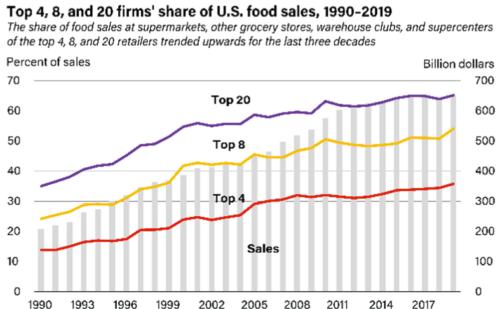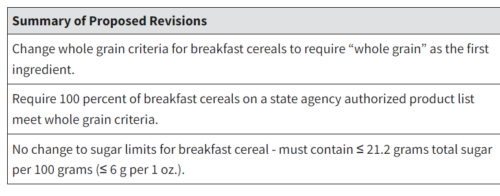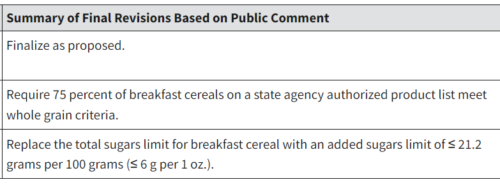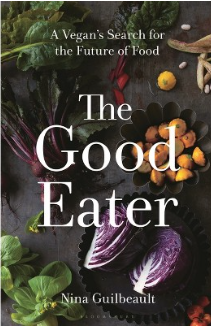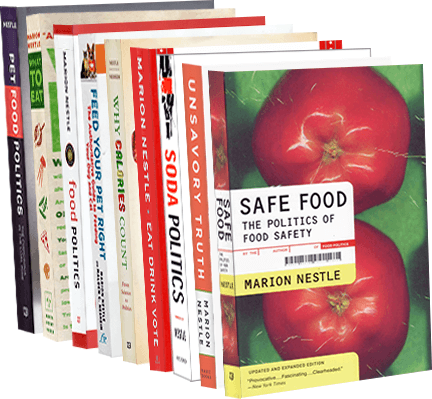At long last: legislation to reduce childhood obesity and diabetes!
I received an e-mailed press release from the Senate Committee on Health, Education, Labor, and Pensions (HELP), chaired by Sen. Bernie Sanders (I-VT): NEWS: Sanders and Booker Take on Food and Beverage Industry with New Legislation to Address Childhood Diabetes and Obesity Epidemics.
Sen. Sanders, along with Sens. Cory Booker (D-NJ) and Peter Welch (D-VT), have introduced legislation to
Take on the greed of the food and beverage industry and address the growing diabetes and obesity epidemics negatively impacting millions of American children and families across the country. The Childhood Diabetes Reduction Act establishes a first-of-its-kind federal ban on junk food advertising targeted to children in the United States, requires the Food and Drug Administration (FDA) to implement strong health and nutrient warning labeling, directs the National Institutes of Health (NIH) to investigate the dangers posed by ultra-processed foods, and develops a national education campaign for children and caregivers through the Centers for Disease Control and Prevention (CDC).
The press release quotes Sen. Sanders:
“Let’s be clear: The twin crises of type 2 diabetes and obesity in America are being fueled by the food and beverage industry that, for decades, has been making massive profits by enticing children to consume unhealthy products purposely designed to be overeaten…We cannot continue to allow large corporations in the food and beverage industry to put their profits over the health and well-being of our children.
Nearly 30 years ago, Congress had the courage to take on the tobacco industry, whose products killed more than 400,000 Americans every year. Now is the time for Congress to act with the same sense of urgency to combat these diabetes and obesity epidemics. That means banning junk food ads targeted to kids and putting strong warning labels on food and beverages with unacceptably high levels of sugar, salt, and saturated fat.”
Resources:
- Senate hearing: What is Fueling the Diabetes Epidemic?
- Sanders’ letter to the FDA to require warning labels on unhealthful food products
- The bill, section-by-section, is here.
- The bill text is here.
At long last, congressional representatives are trying to do something to prevent childhood obesity. Let’s urge our representatives to sign on to this bill.

